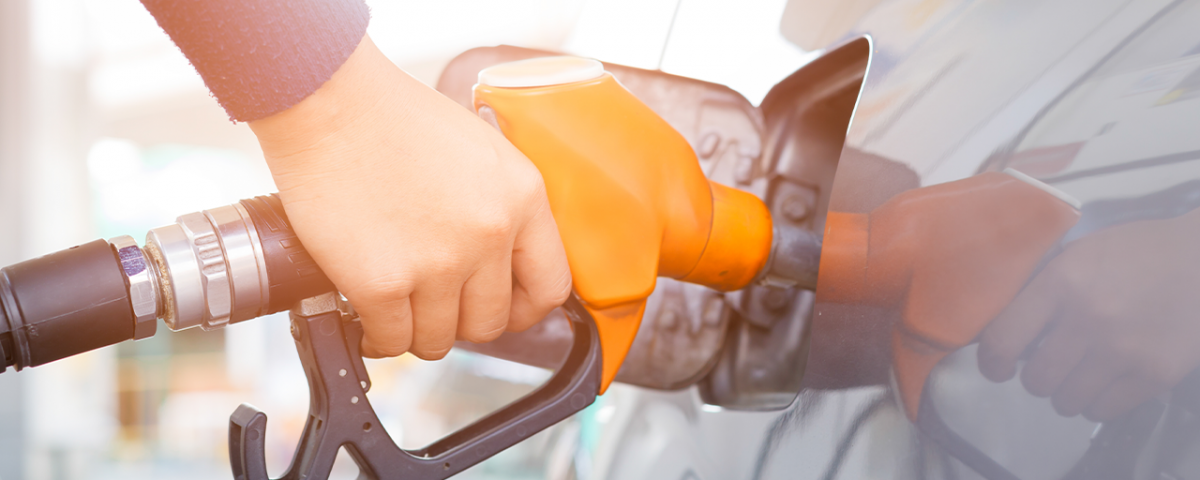Huffing is a form of substance abuse that involves inhaling fumes from different household items, such as hair sprays and aerosols, for a high. Also known as inhalant abuse, this practice is widespread and especially common among children and young adults. In addition to household items, huffing gas to get high is also a growing trend that comes with numerous repercussions.
How Does Huffing Get You High?
Huffing is the process in which a person inhales the fumes of a chemical or solution to experience a high or distortion in their senses and perception. This altered state can be short, which contributes to repeated uses and possibly addiction.
Unlike abuse of other opioids, stimulants, and sedatives, there’s not much research on inhalant abuse. Considering that the drug in question is often a household item, inhalant abuse or huffing can be difficult to identify.
People who use inhalants to get high breathe the fumes through their nose or mouth. They might sniff the fumes directly from the substance or through the action of bagging, which is when someone intentionally breathes in, sniffs, or inhales these fumes from a plastic or paper bag.
Commonly abused inhalants include:
- Hair spray
- Air fresheners
- Deodorant
- Fuels
- Paint or polish removers
- Paint thinner
- Felt-tip markers
- Correction fluid
- Glues and rubber cement
- Varnish, lacquers, resins, and lacquer thinner
- Dry cleaning fluids
- Spot removers
- Degreasers
- Computer/electronics cleaning spray
- Vegetable oil cooking spray
- Medical anesthetics
- Whipped cream aerosols
- Helium tanks
- Angina medication
- Room deodorizers and VCR cleaners
Huffing gets you high because the chemicals being inhaled directly impact the central nervous system, leading to side effects like dizziness, slurred or distorted speech, lack of coordination, and euphoria. Users may also feel lightheaded or experience hallucinations that seem real but aren’t.
Side Effects of Huffing Gas to Get High
Inhalants contain various harmful ingredients that are simply not meant to be directly inhaled or ingested by people. Gas huffing can lead to serious short and long-term effects, including mental deterioration and chronic injury to the nervous system.
Initial huffing gasoline side effects include:
- Dizziness
- Euphoria
- Fluctuations in consciousness
- Headache
- Nausea and vomiting
- Nystagmus
- Tremors
- Visual hallucinations
- Weakness
Huffing gas to get high also comes with the risk of sudden death or brain damage in cases of chronic abuse. Additional long-term side effects of huffing gasoline include:
- Brain damage
- Cancers
- Dementia
- Hearing loss
- Heart failure
- Liver or kidney damage
- Mood swings
- Muscle weakness
- Nephritis and tubular necrosis
- Nerve damage
- Problems with attention, memory, and problem-solving
- Problems with coordination and motor movement
- Tremors
- Coma
- Death
Findings have found that not only is inhalant abuse a problem in children, teens, and young adults in the U.S., but it’s also reached epidemic proportions among isolated native Indian populations. 10% of the total population and 25% of the children between ages 5 and 15 years have been identified as gasoline inhalation abusers.
Huffing side effects may vary depending on the inhalant being abused. Inhalant abuse may expose the individual to toxins and chemicals like butane, propose, fluorocarbons, propane, benzene, trichloroethane, trichloroethylene, toluene, hexane, acetone, methylene chloride, ethyl acetate, dimethyl ether, hydrofluorocarbons, hydrocarbons, and others.
In addition to huffing side effects, engaging in substance abuse at a young age increases the risk of drug use in the person’s later years. So, not only could the individual’s inhalant abuse worsen, but they’re also more likely to use stronger drugs for a more intense high, such as cocaine, methamphetamine, or heroin.
If you or someone you know is addicted to drugs and alcohol, our Banyan Stuart rehab center can help break the cycle of addiction and make sobriety possible. Our facility offers medically assisted detox for various types of drugs, as well as substance-specific care on a residential level of care. We separate clients from outside distractions and triggers to help them focus on their recovery and help them develop healthy habits they can use to sustain a sober lifestyle outside of rehab.
For more information about our levels of addiction care and how we can help, call our Stuart, Florida Banyan Treatment Center today at 888-280-4763.
Source:
Related Reading:









